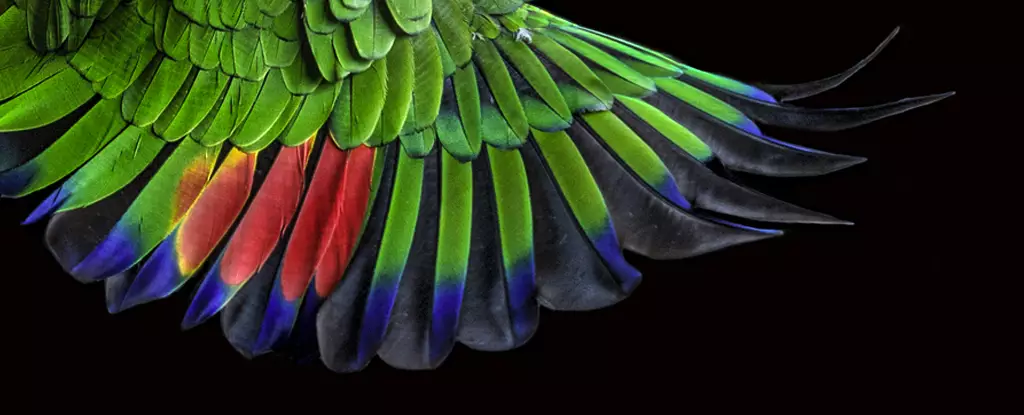Exploring the world of flight in birds and dinosaurs, researchers have uncovered a fascinating set of rules that govern the ability to take to the skies. Through a detailed analysis of hundreds of bird specimens from museums worldwide, scientists have gained new insights into the evolution of flight. These findings have not only shed light on the flight capabilities of modern birds but also offered clues about the flight potential of ancient dinosaur species.
A Surprising Revelation
One of the most intriguing discoveries from the study is the correlation between the number of primary feathers and the ability to fly. It was found that all flying birds, from tiny hummingbirds to majestic eagles, possess between 9 to 11 asymmetrical flight feathers known as primaries. This consistent pattern across a diverse range of bird species highlights the importance of these feathers in achieving flight. Furthermore, the researchers observed that flightless birds exhibited a wide variation in the number of primary feathers, with emus lacking them entirely and penguins boasting as many as 40.
By examining fossils dating back up to 160 million years, the scientists were able to trace the evolution of flight-related features in bird ancestors. Through an analysis of wing proportions, feather symmetry, and the number of primary feathers, they identified specific traits that were indicative of flight capability. Among the extinct bird species studied, certain ancient birds such as Archeopteryx and Microraptors displayed the characteristic feather structure associated with flight. On the other hand, species like Caudipteryx, while possessing the correct number of primary feathers, exhibited symmetrical feathers that were unsuited for flight.
The research findings suggest that flight likely evolved only once in dinosaurs, with the anatomical features required for flight originating in a common ancestor of modern bird groups. While some early bird species lost the ability to fly over time, others like Microraptors continued to evolve wing structures conducive to flight. This evolutionary trajectory highlights the complex interplay between form and function in the development of flight capabilities.
Redefining Paleontological Debates
The study challenges previous assumptions about the evolution of flight in dinosaurs, particularly the notion that flight may have evolved multiple times independently. By focusing on the intricate details of feather structure rather than skeletal data alone, the researchers have provided a more nuanced understanding of the evolutionary history of flight. While there is still much to uncover about the earliest stages of wing evolution, this research represents a significant step forward in unraveling the mysteries of flight in birds and dinosaurs.
The feather rules behind the power of flight offer a compelling insight into the evolutionary adaptations that have allowed birds and dinosaurs to conquer the skies. By delving into the complexities of feather structure and flight capabilities, scientists have opened up new avenues for exploring the fascinating relationship between form and function in the natural world.


Leave a Reply